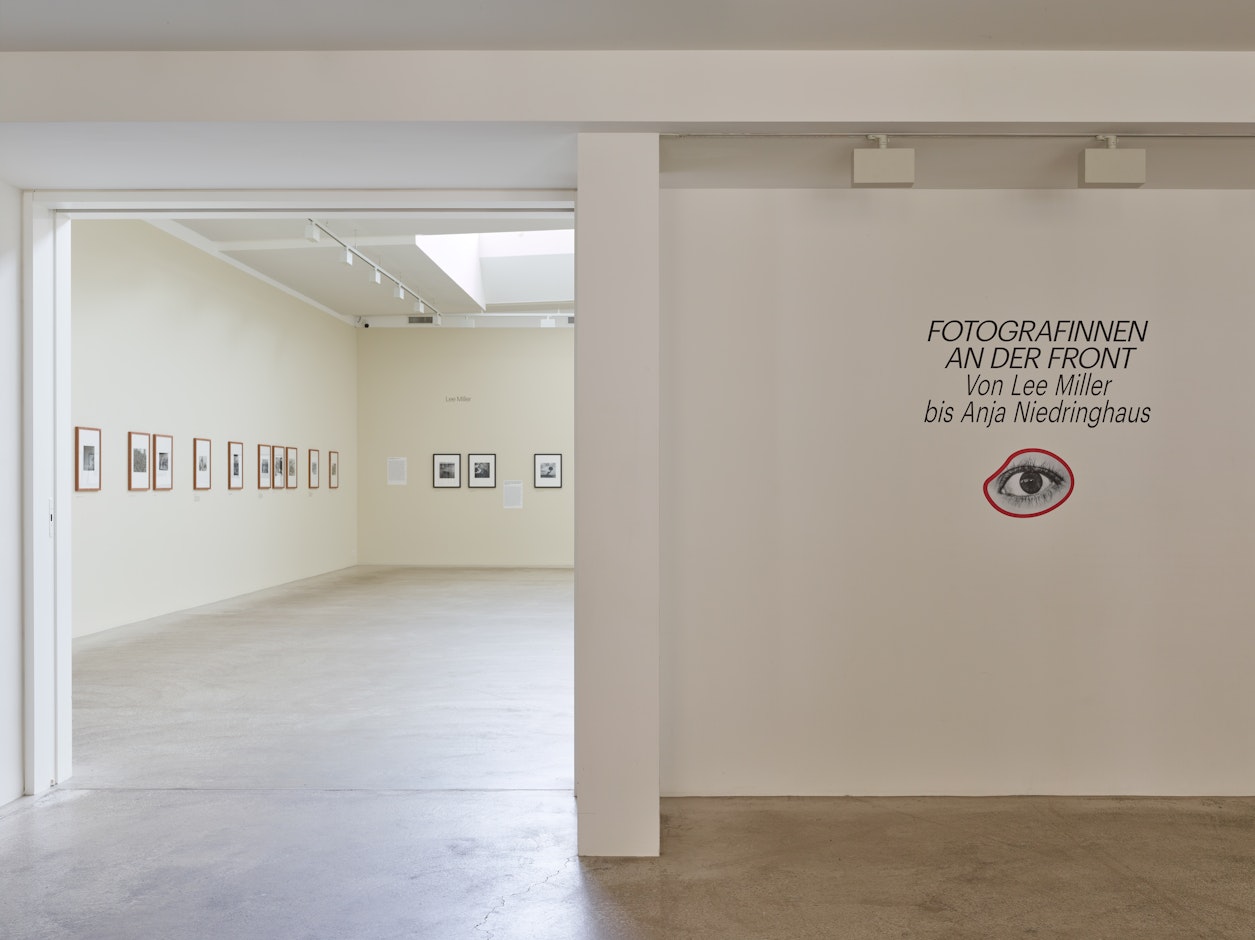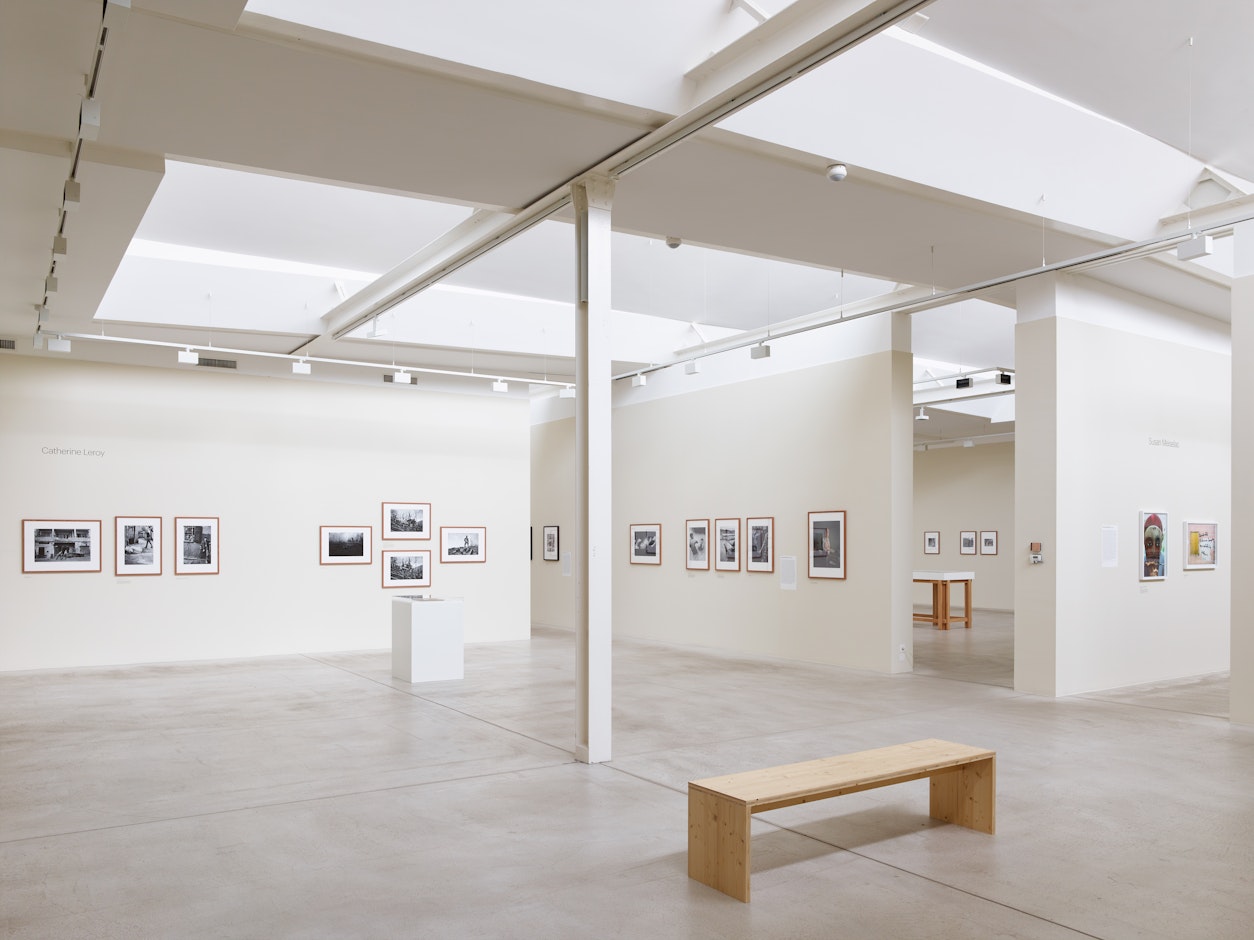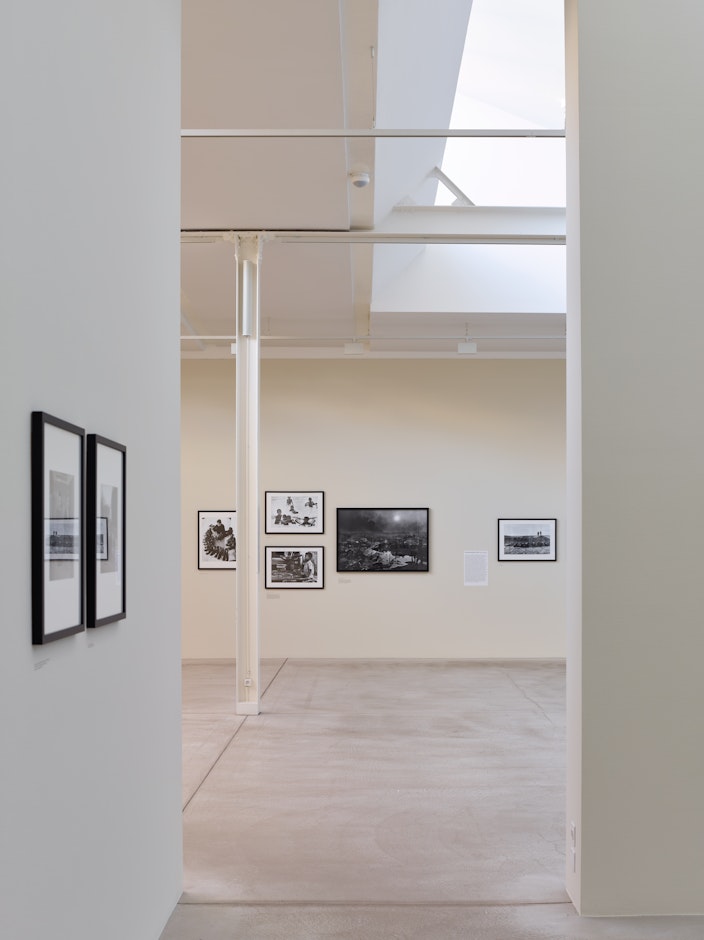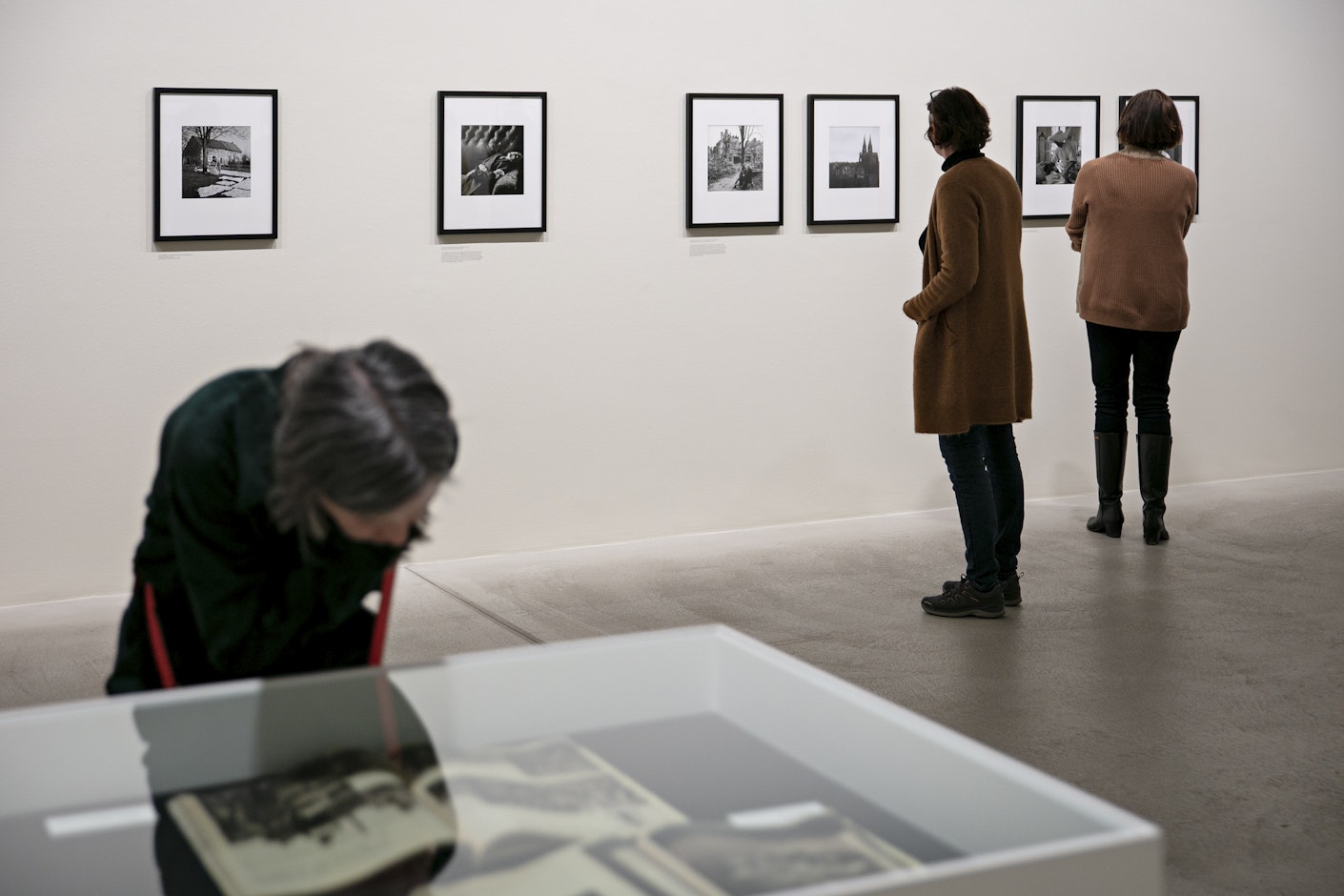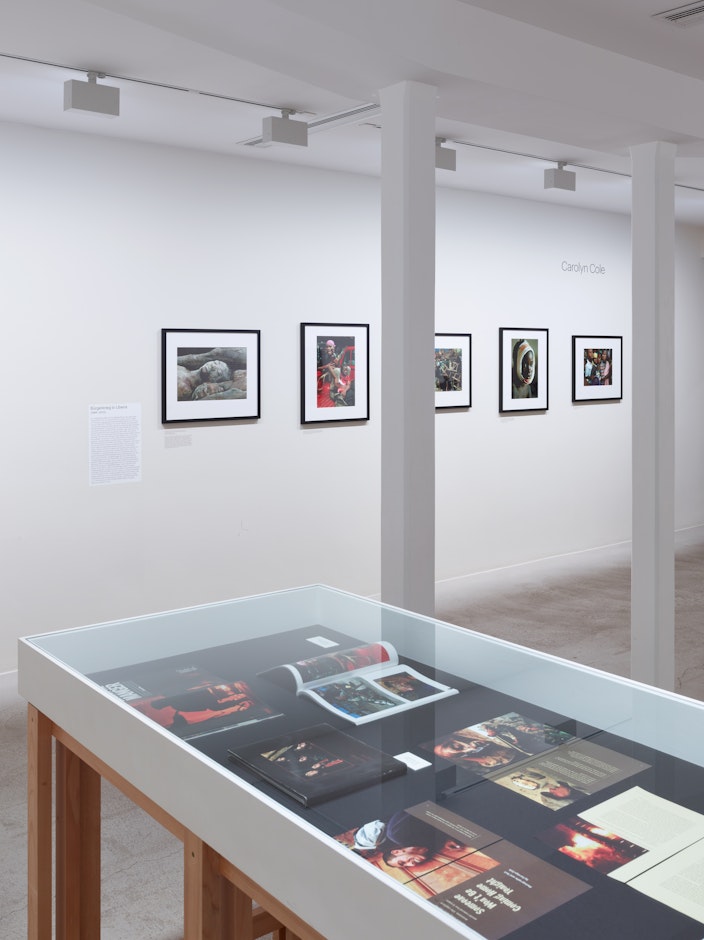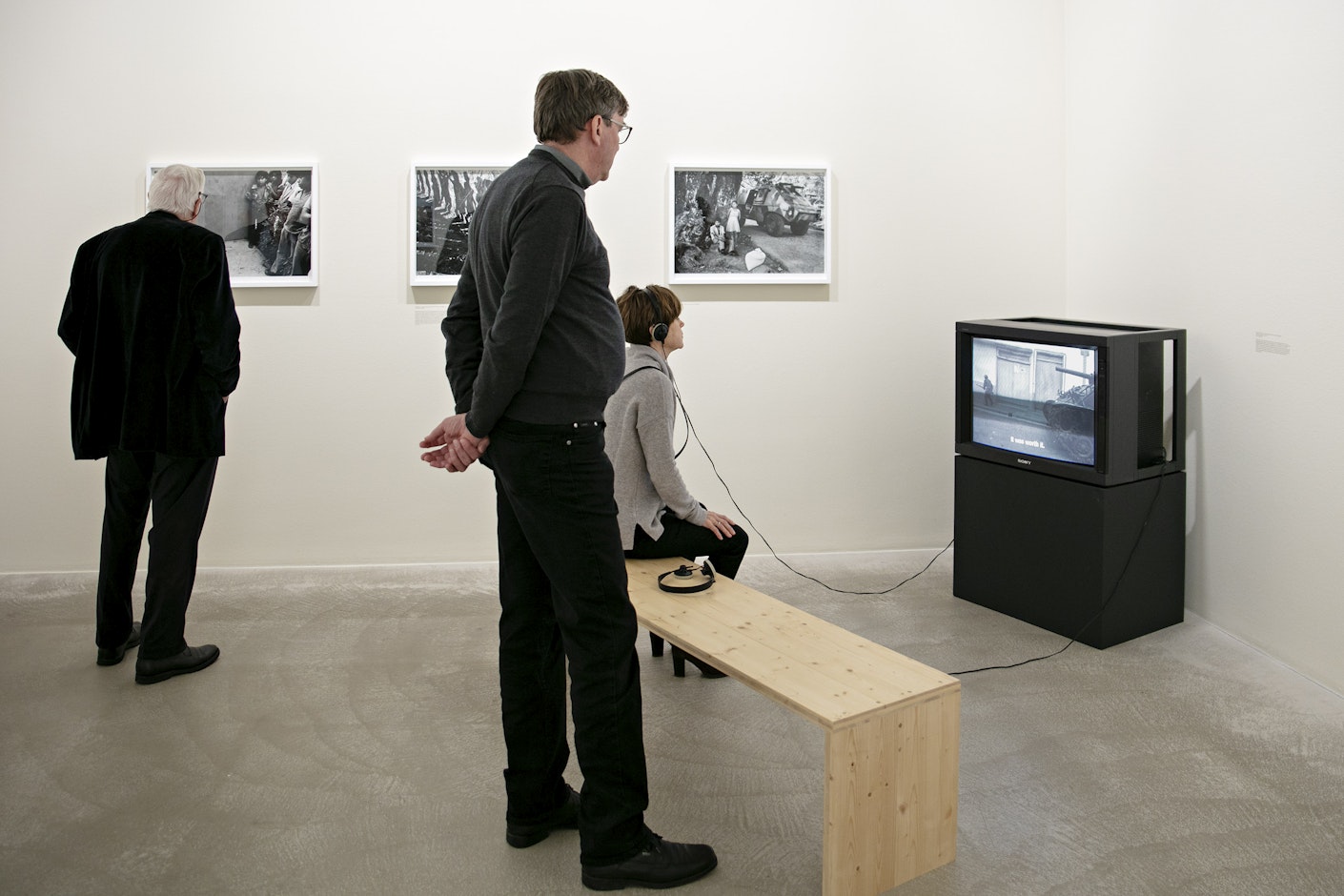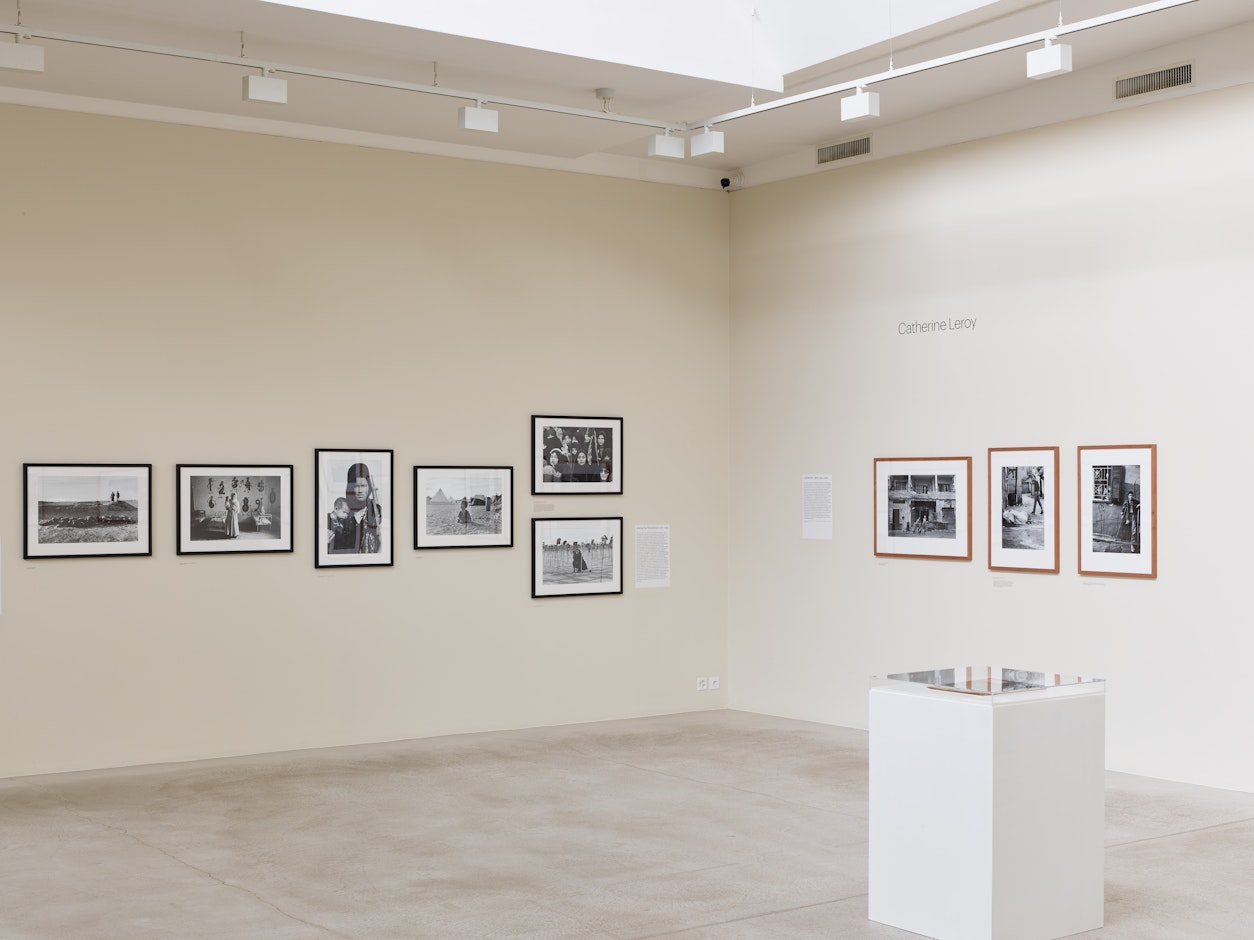The exhibition
Women War Photographers – From Lee Miller to Anja Niedringhaus is devoted to photojournalistic coverage of international wars and conflicts. On display are some 140 images shot between 1936 and 2011 by a number of women photojournalists and documentary photographers: Carolyn Cole (*1961), Françoise Demulder (1947–2008), Catherine Leroy (1944–2006), Susan Meiselas (*1948), Lee Miller (1907–1977), Anja Niedringhaus (1965–2014), Christine Spengler (*1945) and Gerda Taro (1910–1937). Their pictures provide a fragmentary insight into the complex reality of war, taking in a range of military theatres from the Spanish Civil War, World War II and the Vietnam War to more recent international conflicts in the Balkans, Afghanistan, Iraq and Libya.
The positions of the eight photographers present different ways of engaging with war and its effects – from traditional war reporting and embedded photojournalism to innovative approaches to social documentary photography. The particular perspectives chosen for the exhibition shift between objective distance and personal emotional involvement.
EXHIBITION HANDOUT
Curated by Anne-Marie Beckmann and Felicity Korn and adapted by Nadine Wietlisbach for Fotomuseum Winterthur, the exhibition focuses on women’s positions, making clear the long tradition of female photographers working in crisis zones. In the process, it explodes the commonly held notion that war photography is a professional world entirely populated by men. Even though the staging and narrative strategies of female photographers do not differ in any fundamental way from those of their male colleagues, women have had to repeatedly carve out their position on the front line and operate outside the structures envisaged for them. On the other hand, in some regions and cultural milieus, their gender has also given them privileges denied to their male colleagues granting them access to families and to people affected by the conflict. This has enabled them to paint a nuanced picture of the effects of war on the civilian population.
Current Developments in Photojournalism
With more and more photographs being disseminated in digital form, the 2000s witnessed radical changes in the media coverage coming out of crisis areas. Mobile phones and digital cameras have enabled soldiers and civilians alike to put their own pictures into circulation, while established media outlets are now turning with increasing regularity to amateur photography. Where foreign reporters pulled out because of the high levels of risk involved, citizen journalists have used the reach of social media to inform people about the situation on the ground. As they are directly caught up in events, these reporters stand for the importance of a free press that is not subject to suppression, independent of established networks of professional journalists. Nevertheless, the material coming out of the crisis areas is often sensitive – the conditions surrounding its production, its credibility and the (political) motivations behind it are the subject of constant scrutiny. These developments are explored and discussed in a video essay as part of the exhibition.

